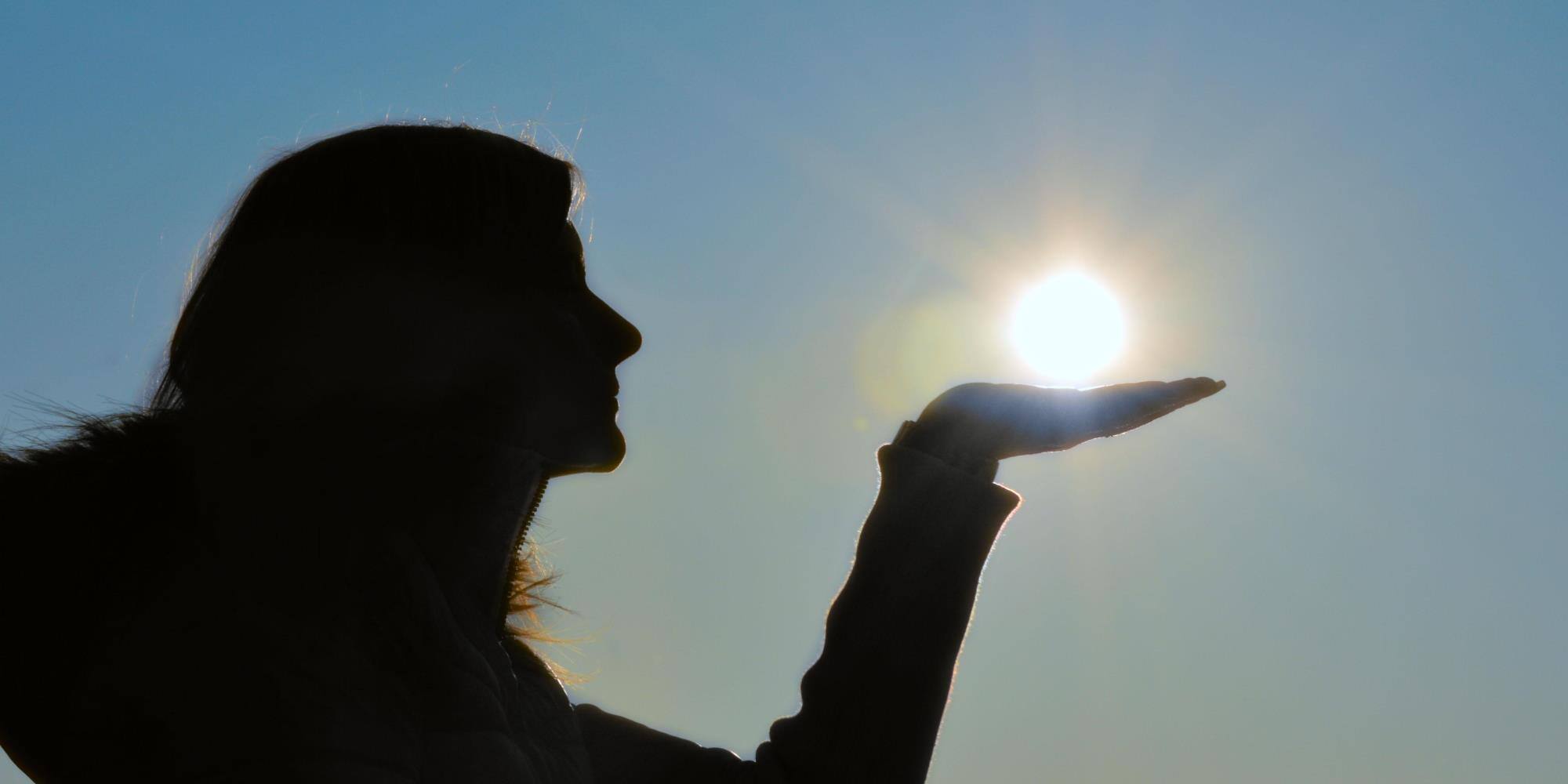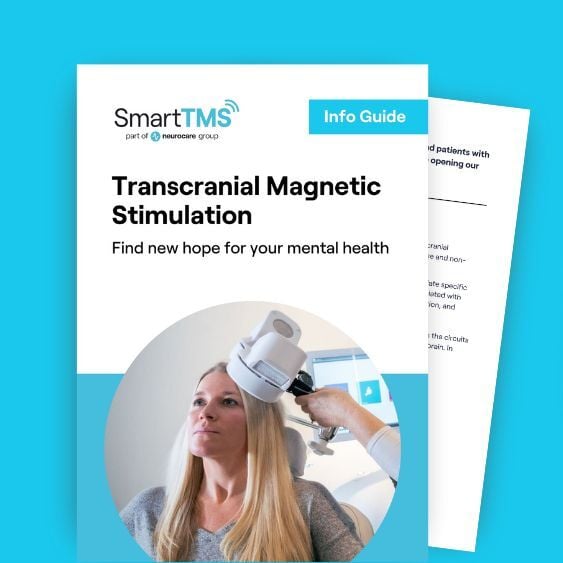Seasonal Affective Disorder (SAD)
March 11, 2020 - Smart TMS

What is Seasonal Affective Disorder?
Seasonal Affective Disorder (SAD) is a form of depression which occurs seasonally – at particular times of year. It is often colloquially referred to as winter depression or the winter blues, as it is usually associated with the seasons of autumn and winter, and with the transition to shorter days and reduced levels of light. However, it is also possible to experience SAD in the summer months rather than the winter.
Symptoms can include feelings of despair and worthlessness, irritability, low mood, lethargy, changes in sleep and appetite, finding it difficult to get out of bed and a lack of concentration and motivation. Depression will typically be diagnosed as SAD if the periods of depression occur at a similar time each year and are followed by periods without any depressive symptoms.
What causes SAD?
The exact cause(s) of seasonal affective disorder are undetermined. However, Mind, the mental health charity, have suggested four factors that may cause or influence susceptibility to SAD:
- The effects of light
Some people seem to need considerably more light than others, which means they’re more likely to experience SAD during winter months. However, some people seem to have the opposite experience, finding bright light and too much sunshine hard to cope with.
SAD is thought to be more common in countries where there are greater changes in the weather and daylight hours during different seasons, including England. People who live near the equator for part of their lives and then move further away may also be especially vulnerable to getting SAD.
- Disrupted body clock
Your brain sets your body clock by the hours of daylight. One theory is that if you experience SAD, this part of your brain isn’t working in the same way. This could mean your body clock slows down, leading to tiredness and depression. Some researchers think this is because your sleep pattern starts at a different time.
- High melatonin levels
When it’s dark, your brain produces a hormone called melatonin which helps your body get ready for sleep and makes you feel tired. Some people with SAD seem to produce much higher levels of melatonin during winter. Researchers have found that if you have high levels of melatonin and you’re exposed to bright light, your melatonin levels drop to a more usual amount.
- Weather and temperatures
People might feel particularly uncomfortable in hotter or colder temperatures, which could contribute to developing depression or any existing depression worsening at those times. While more people are aware of SAD happening in winter, some people have more difficulty in warmer weather. Some studies have suggested a possible link between higher temperatures and poor mental health.
Read more here (https://www.mind.org.uk/information-support/types-of-mental-health-problems/seasonal-affective-disorder-sad/self-care/).
The Impact of COVID-19
Although it is hard to say definitively whether the pandemic can intensify symptoms of depression and mood disorders at this stage, Psychologist Dr. Bea commented that it will be a ‘real challenge’ for individuals who experience SAD as we draw into the winter months, as he believes the pandemic will ‘most likely accentuate some of the conditions that facilitate seasonal affective disorder.’ Read more here
However, an NBC News article has suggested that for some, SAD symptoms may not be as severe this year as a result of lockdown. Individuals who usually feel isolated due to SAD could feel more able to talk about their feelings this year, as ‘everyone is in the same boat’ and people may be more likely to be understanding. Psychologist Craig Sawchuk commented that some may also be experiencing more mild symptoms this year because they developed healthy habits and routine during lockdown, which may be protective against depression – although, this will not be the case for everyone.

Self-care tips
There are some lifestyle changes that can be made to help lessen the symptoms of winter SAD. These include:
- Ensuring that you get as much sunlight as possible!
– Make your home and work environments as bright and airy as you can, using natural light sources where possible. This could be achieved by using lightweight or voile curtains, making sure the blinds are open or even by painting your walls a light colour.
– Sit near a window when you can.
– Try to get outdoors as much as possible.
- Exercising regularly – do this outside as much as possible to increase your exposure to sunlight. This could start with a quick daily lunch time walk.
- Eating a healthy and balanced diet.
- Setting a regular sleep routine.
- Practice mindfulness: this can improve mental wellbeing, and could involve meditation, yoga or tai-chi.
- Maintain social connections – at least over the phone when you are unable to see your friends and family in person. This will help to combat isolation.
For those who are affected by SAD during hot weather, https://www.mind.org.uk/information-support/types-of-mental-health-problems/seasonal-affective-disorder-sad/self-care/ recommends staying hydrated, keeping shaded and planning ahead – try to go outside at the least hot times of day, and plan activities which are mainly indoors.
Treatments
The NHS website advises that you should consider seeing your GP if you think you may have SAD and are struggling to cope with the symptoms.
NICE recommend that SAD is treated in the same way as other types of depression – including talking therapy or medication.
- Cognitive behavioural therapy (CBT): aims to alter negative thought patterns and behaviours. CBT can be helpful with all forms of depression and could help to identify ways in which stress can be managed and change perceptions of winter. A study by the University of Vermont found that CBT had long-lasting benefits in treating SAD (https://www.uvm.edu/uvmnews/news/talk-outshines-light-preventing-return-winter-blues-says-new-uvm-study).
- Medications: such as selective serotonin re-uptake inhibitors (SSRIs).
- Light therapy: although NICE have said it is not clear whether light therapy is effective, it is a commonly used treatment for SAD. Light boxes or lamps mimic sunlight and reduce production of melatonin.
- Transcranial Magnetic Stimulation: is a non-invasive treatment which uses magnetic pulses to stimulate the prefrontal cortex (the area of the brain that controls mood and motivation).
For more information about TMS for seasonal affective disorder, visit https://www.smarttms.co.uk/depression-and-tms/seasonal-affective-disorder










